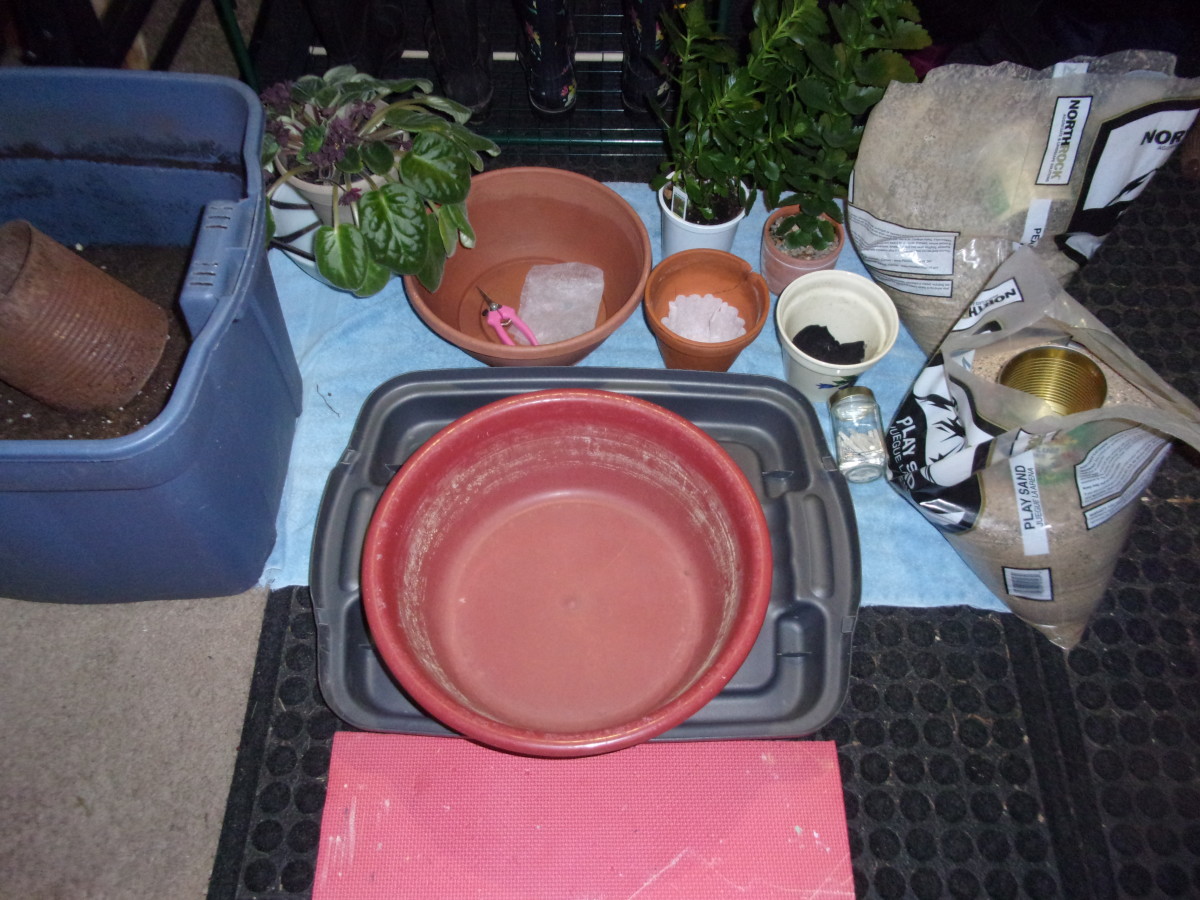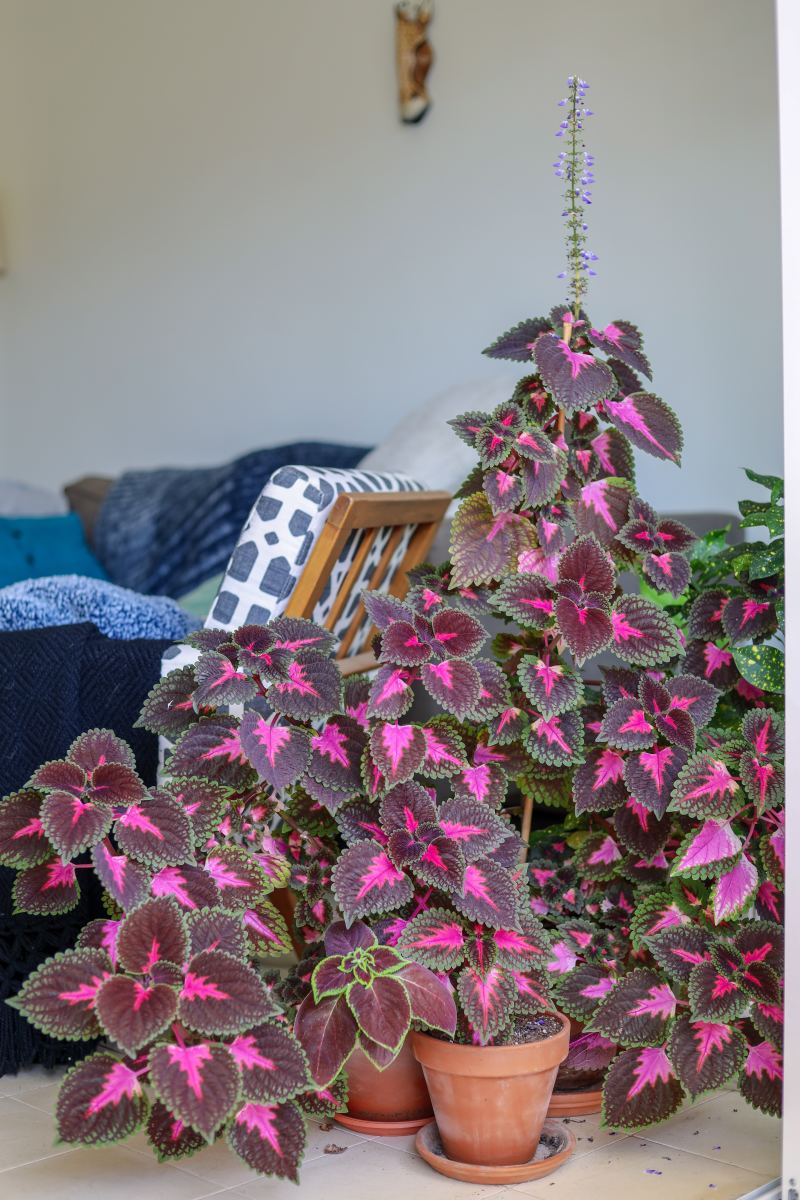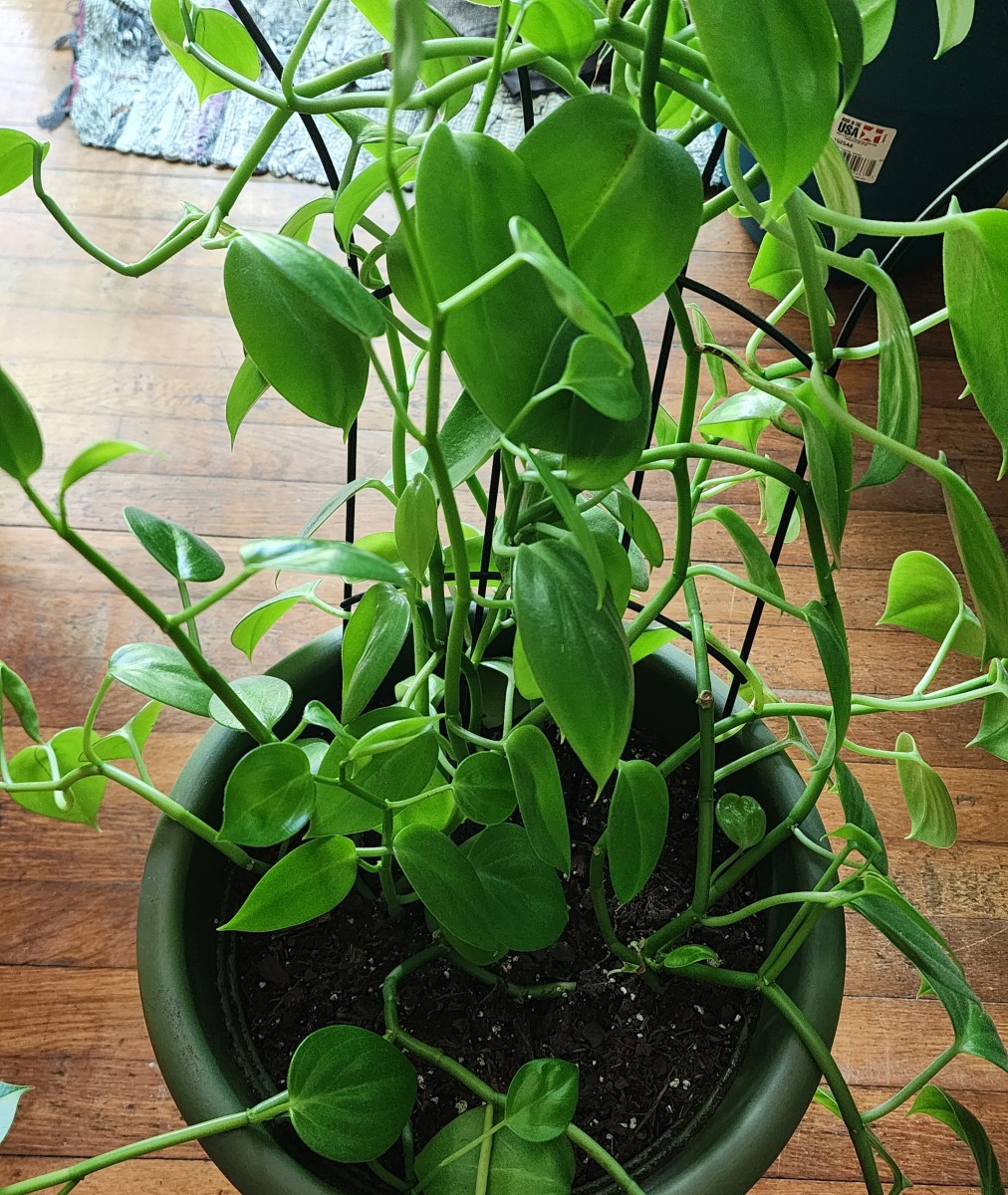- HubPages»
- Home and Garden»
- Gardening»
- House Plants
Repotting Houseplants, Is It Really Necessary?
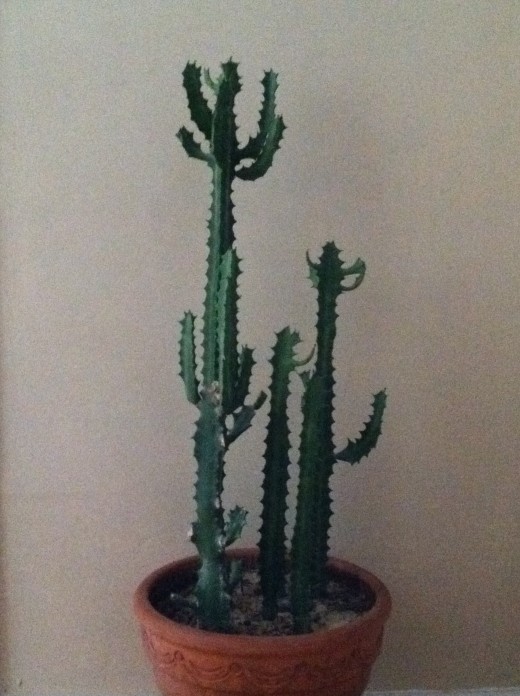
- Houseplant Leaf Tips Brown & Crunchy, Symptom of Over Watering
Have you found unsightly crunchy brown tips on leaves of your beloved houseplants and have no idea wht the cause may be. Look inside the Thoughthole to find the answer. - Houseplant Yellow Leaves & Leaf Loss, Symptoms of Under Watering
Yellow leaves on your favorite houseplant, no need to panic you have come to the right place for the answers you seek. Don't give that plant up for dead just yet. Look inside the thoughthole, to find the information you've been looking for.
To repot, or not to repot?
Is your plant in need of repotting? I can not tell you how many times I and many other plant professionals have been asked this question, it has to be arguably the most frequently asked question related to houseplants. In most cases the answer is.... drum roll...... NO, absolutely not. Surprised?
Most often when the question of repotting is brought up people are noticing symptoms of over watering, under watering, lack of or overabundance of light, or a plant that is adjusting or acclimating to a new space. For whatever reason the first response is to believe that the plant no longer enjoys the pot in which it has lived in for months or even years.
Grow pots (usually black or green plastic pots that plants come in), and soil that houseplants are grown in are chosen ideally for a plants root systems, and basic needs. A plant grower wants to provide the optimum conditions for a particular plant to grow fast, healthy, and full. When you purchase a houseplant, or have been given one the variables or changes that are introduced to this creature are environmental in nature ie; the lighting it receives has changed, as well as airflow, water, temperature etc when you move it from greenhouse to store to home or office. The things that stay consistent or do not change are the soil media and the container that the plant has lived in. Taking all this into account, why in the world would we want to change the only thing that has maintained the ideal growing condition for your plant, and introduce even more variation into this plants existence at a time when it is trying to adjust to a number of different issues already imposed upon it.
Basically the answer to most scenarios when one questions if their plant needs to be repotted is no because the pot and soil are not the problem, and repotting will only cause excessive undue stress for the plant in question. What really needs to happen is for a root cause to be identified for the symptoms that a plant is exhibiting and that variable needs to be brought back into balance. As I stated before most of the time this question arises with new plants. New plants need time to adjust to the new environment in which they have been placed, and in many cases they may not have been placed in an environment that best fits their needs. You must know what kind of plant you have and what its ideal of a good home is. For more information on houseplant symptom troubleshooting look through the Thoughthole library of plant articles found at the bottom of this hub, you will most likely find identification of symptoms you have experienced and ways to correct them. I am also always happy to answer questions or comments, a field for sending comments is also found at the end of the article.
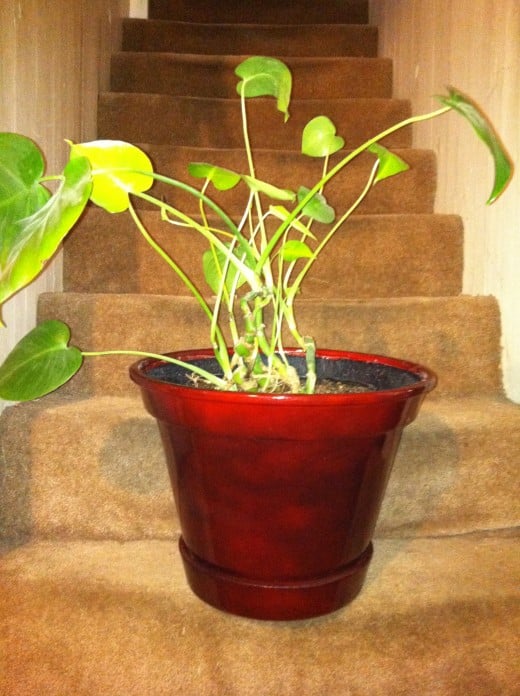
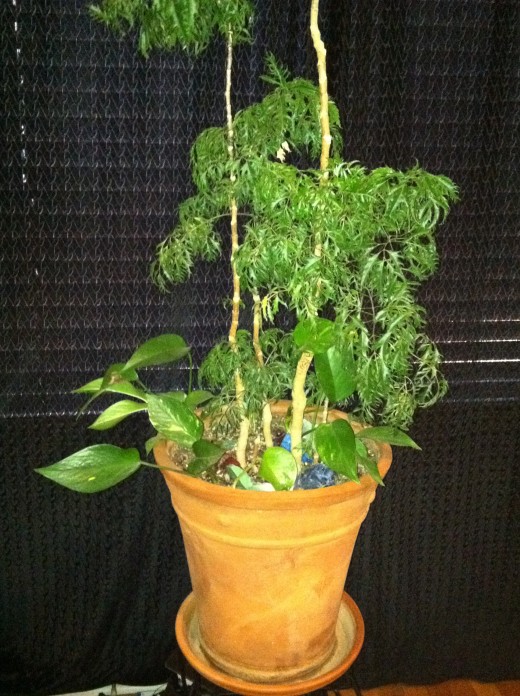
When repotting is a good idea
Having covered the most prevelant situations involving repotting houseplants, and my most general answer of "No, it is not necessary most of the time." there are a few situations when repotting may be the answer, here they are:
When repotting is necessary
- Plant is overgrown. If you find that your houseplant has thrived and become so large that it is tipping over it's pot, pulling itself out of it's pot, or growing outside of it's pot it should be repotted.
- Broken grow pot or primary container. If soil is spilling out the side from a crack, the pot has been dropped or broken, if hard rhizomes have broken through and are poking out the side, or if it has aged and become brittle, then yes a new container is recommended and required.
- If you want your plant to get larger. some plants will stunt their growth in order to fit the amount of resources they are offered if you would like to incite taller growth then you can re-pot. Most plants will either grow in spite of their resources, or are such that what you see is what you get, the variety gets no taller, it just is a 3ft plant. Once again you must know what you are dealing with to know if this will be useful and yield the desired result. In a case where this is done 1 pot size up to repot is recommended any larger and the plant may have trouble regenerating a root system fast enough to make good use of its new home.
- House Plant is using too much water too fast and liners are not able to hold enough excess water to keep it well hydrated. If you have found that you are having to water a plant multiple times a week, you have lined with a deep plastic saucer or a bag liner, and leave excess water in the liner, and yet still it seems never to have adequate hydration you may need to re-pot. This is a different way of a plant letting you know that it has overgrown its space, however again know what kind of plant you are dealing with if you have a heavy drinker that you have put in extreme heat and or high light it will drink more repotting will not help in this situation.
Repotting Video (Growing Wisdom)
Other items of note about repotting
Often as a plant ages soil and nutrients are lost from the potting media. If you have noticed that your plant is running low on soil or is exinbiting lackluster growth and foliage a great and simple alternative treatment is to add soil. This is a very non evasive way to improve what your houseplant has to live, it provides the bump in nutrients and soil to hold moisture without subjecting the plant to the incredible stress of being ripped from its cozy home. Make sure to find indoor potting soil free of organic material to avoid introducing a bug problem. Note that potting soil has fertilizer in it so you will be introducing a very slight easy to process amount of fertilizer when adding soil.
If you do choose to repot your plant, it is highly recommended that you repot into a grow pot (the plastic pots), or Terra cotta. Grow pots are easy to move around and manipulate, and Terra cotta is breathable and ideal for allowing both water and air into the soil. If there is a particular decorative container made of wood fiberglass, ceramic, or something else it is best not to plant directly in to that container. It is very simple to plant into a plastic grow pot and drop the liner and grow pot down into a decorative container of your choice. This also makes for an easy change out if the plant dies or if you change your mind in the future and would like to use plant or container somewhere else or with something else.
Pay attention to the type of soil that you use when repotting. If you are repotting a cactus, or succulent you would not want to use water retaining soil. Always use indoor potting soil, exterior potting soil often has a great deal of organic material in it that is fantastic for use outside, but indoors has a tendency to cause trouble creating pests, and fungus.
To repot, or not to repot now you know. Happy growing!



